Disclosure: This article contains affiliate links. We may earn a commission from purchases at no extra cost to you, which helps our travel content.
There's a rhythm to exploring Arecibo that reminds me of marathon training—each step reveals something new, each breath connects you deeper to the land. When my relief organization sent me to Puerto Rico last spring for a community rebuilding project, I carved out a weekend to explore this northern coastal gem. What I discovered was an outdoor playground that most tourists zoom past on their way to San Juan's more commercial attractions. But here's the truth: Arecibo holds some of Puerto Rico's most spectacular natural wonders, from the ethereal glow of bioluminescent waters to limestone cave systems that feel like nature's own temples. As someone who finds spiritual connection in both physical challenge and natural wonder, Arecibo hit all the right notes—a perfect weekend symphony of adventure that won't drain your wallet or require expert-level skills. Lace up your trail runners, fill your water bottle, and let's explore the wild side of Arecibo together.
Cave Hopping: Arecibo's Underground Marvels
The limestone karst region surrounding Arecibo creates the perfect conditions for some truly spectacular cave systems. My first stop was Cueva Ventana (Window Cave), where a short but steep hike leads to what might be Puerto Rico's most perfectly framed view. The cave itself requires a guide (around $19), but it's worth every penny for the expertise and safety. As we ventured deeper into the darkness, our headlamps cutting through the heavy air, I couldn't help but think of the Thai monk who once told me that caves represent the journey inward—both physically and spiritually.
After Ventana, I continued to the less-visited Cueva del Indio near the coast. This cave system features ancient Taíno petroglyphs dating back centuries, carved into the limestone walls by indigenous hands long before Columbus arrived. The entrance fee is just $5, but the real challenge is navigating the wooden ladders and natural rock formations. I'd recommend wearing shoes with solid grip—my trail runners were perfect for the uneven, sometimes slippery terrain.
For the truly adventurous, Río Camuy Cave Park offers the most extensive cave experience, though it requires advance planning as it sometimes closes after heavy rainfall. The massive cavern system, carved by the third-largest underground river in the world, makes you feel infinitesimally small in the best possible way. Standing in chambers large enough to hold concert halls, listening to the distant rush of unseen water, I experienced that same meditative state I find around mile 18 of a marathon—when the mind quiets and you're simply present with the elements.
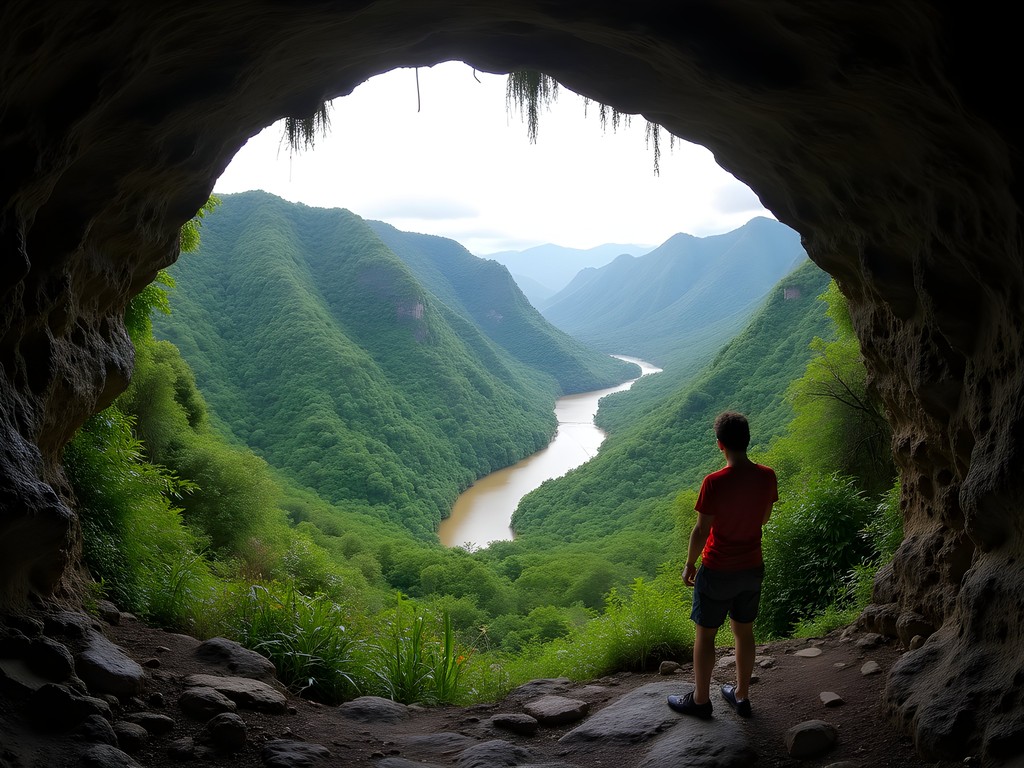
💡 Pro Tips
- Bring your own headlamp for cave exploration—guides provide basic lighting, but having your own gives you better visibility for photography
- Wear moisture-wicking clothes as caves can be humid and you'll likely work up a sweat on the approach hikes
- Visit caves early in the morning to avoid crowds and have more intimate experiences with the petroglyphs and formations
Chasing Waterfalls: Arecibo's Hidden Cascades
While El Yunque gets all the waterfall glory in Puerto Rico's tourism brochures, Arecibo hides some equally magnificent cascades without the crowds or commercialization. My personal favorite discovery was Charco El Hippie, a local swimming hole featuring a series of small waterfalls emptying into pristine pools. The 15-minute hike in requires crossing the river several times, so I wore quick-drying shorts and packed my belongings in a dry bag that kept my camera gear safe during the crossings.
The real magic happened when I arrived at around 3pm on a weekday—I had the entire place to myself for nearly an hour. Sitting in the natural pool, feeling the water's gentle pressure against my marathon-trained muscles while watching sunlight filter through the canopy above, I was reminded of a monastery in northern Thailand where monks used flowing water as a focus for meditation practice.
For a more challenging adventure, Cascada La Planta offers a reward proportional to the effort required. This multi-tiered waterfall requires about an hour of moderate hiking through dense forest, including some scrambling over rocks and navigating unmarked trails. I strongly recommend asking locals in Arecibo for directions before attempting this one—GPS was spotty at best, and the trailhead isn't obvious from the road. The payoff, however, is spectacular: a 50-foot cascade tumbling into a deep emerald pool perfect for swimming.
Both waterfall locations are completely free to visit, making them perfect for budget travelers. Just remember to pack out everything you bring in—these pristine spots remain that way because locals take care of them, and as visitors, we should do the same.

💡 Pro Tips
- Visit waterfalls on weekdays if possible—weekends bring local families who rightfully enjoy these natural treasures
- Bring a small microfiber towel that dries quickly and doesn't take much space in your pack
- Pack a simple lunch of local fruits and bread from Arecibo's markets for a budget-friendly waterfall picnic
Coastal Trails: Where Land Meets Sea
Arecibo's coastline offers some of Puerto Rico's most dramatic landscapes, where rugged cliffs and limestone formations meet the relentless Atlantic. The Camino del Indio coastal trail begins near Cueva del Indio and follows the jagged shoreline for about 2 miles. This isn't a maintained trail in the traditional sense—more of a choose-your-own-adventure along the rocky coast—but that's precisely what makes it special.
I started my coastal hike early, around 7am, to catch the morning light and avoid the midday heat. The trail requires sturdy footwear and attention to footing, as you'll be navigating limestone formations sculpted by centuries of wave action. What struck me most was the percussive rhythm of waves crashing against stone—a natural soundtrack that matched my footfalls in an improvised duet.
About halfway along the trail, I discovered a small, unnamed cove where the pounding waves had carved a perfect natural pool in the rock. Taking a break there, I pulled out my compact binoculars to spot seabirds riding the thermals above. The clarity was remarkable, allowing me to distinguish between brown boobies and magnificent frigatebirds circling overhead.
Further along the coast, Playa Cavernas offers another striking landscape where sea caves and natural bridges create a photographer's playground. The beach itself isn't ideal for swimming due to strong currents, but the dramatic scenery makes it worth the visit. As I walked this stretch of coast, I couldn't help but think of the eastern shores of Ethiopia's Lake Tana, where I once ran a half-marathon alongside ancient monastery islands—both places where water and stone create natural temples that humble the human spirit.
For those seeking a longer trek, continue all the way to Punta Morrillos Lighthouse, an additional 3 miles from Playa Cavernas. The lighthouse itself has been abandoned since the 1960s, but the surrounding area offers spectacular views of the coastline you've just traversed.
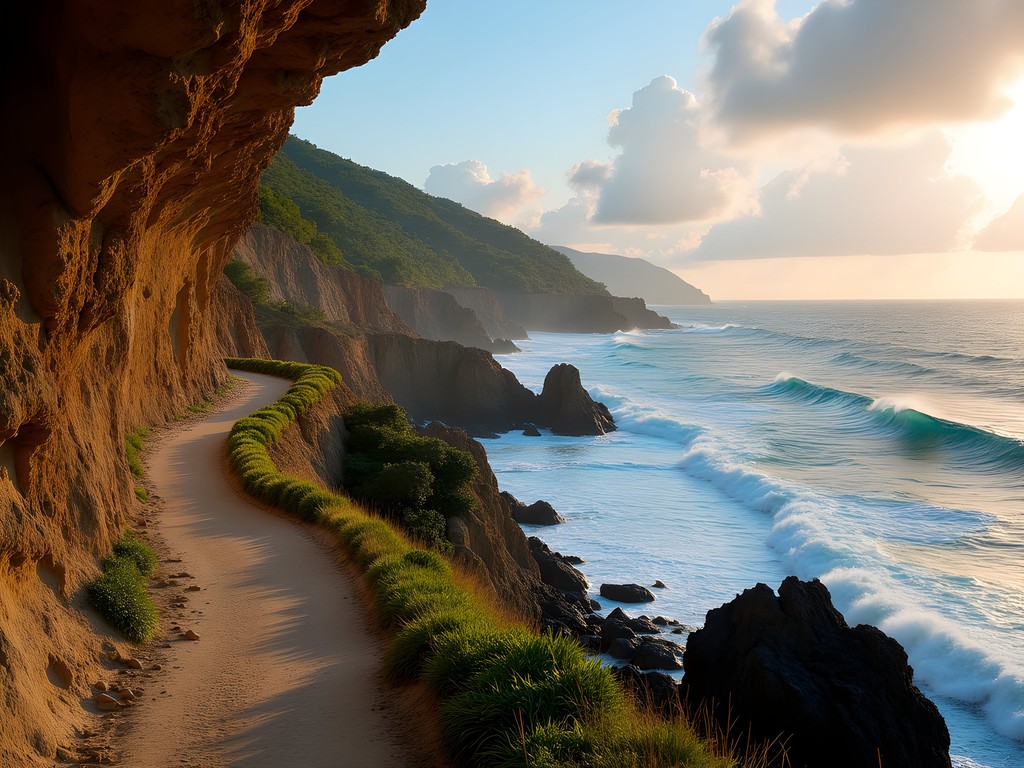
💡 Pro Tips
- Start coastal hikes early in the day before the sun becomes too intense
- Bring at least 2 liters of water per person—there are no facilities along most of these coastal routes
- Check tide tables before setting out, as some sections of trail may be impassable during high tide
Bioluminescent Magic: Arecibo's Glowing Waters
While Vieques' Mosquito Bay gets all the fame for bioluminescence in Puerto Rico, few travelers realize that Arecibo offers its own magical glowing experience at Laguna Grande. Unlike the more commercialized bio bays, Arecibo's experience feels intimate and undiscovered—exactly the kind of authentic experience I'm always searching for.
I booked with a small local operator (about $45) who limits groups to just 8 people, preserving both the environmental integrity and the meditative quality of the experience. We launched our kayaks just after sunset, paddling through a narrow mangrove channel as darkness fell completely. Our guide explained that Arecibo's bioluminescence comes from millions of single-celled dinoflagellates that emit light when disturbed—nature's own light show triggered by our movement.
As we paddled deeper into the lagoon, each stroke of my paddle created a swirl of blue-green light in the water. I dipped my hand in, watching as my fingers left trails of stars in their wake. The experience reminded me of a night run I once did along Japan's Yugawa River, where riverside temples had released floating lanterns for Obon festival—both experiences connecting water, light, and spiritual wonder.
For the best experience, plan your bio bay adventure during a new moon when the sky is darkest. I'd also recommend bringing a waterproof headlamp with a red light setting for navigating without disrupting your night vision or disturbing the natural phenomenon. Most tour operators provide basic equipment, but having your own reliable light source adds security.
What makes Arecibo's bio bay special is how uncrowded it remains. While we paddled, our guide pointed out constellations reflected in the still water, creating a mirror effect where the glowing organisms below seemed to answer the stars above. In that moment, I felt the same centered peace that comes around mile 22 of a marathon—when exhaustion gives way to a second wind and a profound connection to something larger than yourself.

💡 Pro Tips
- Schedule your bio bay tour during the new moon phase for maximum visibility of the bioluminescence
- Wear clothes you don't mind getting wet—splashes are inevitable and part of the fun
- Bring a small dry bag for your phone if you want to attempt photos, though be aware that capturing bioluminescence requires specialized equipment
Budget-Friendly Base Camp: Where to Stay & Eat
Arecibo isn't overflowing with luxury resorts, and that's precisely its charm. For budget travelers, I found Posada El Peregrino to be the perfect home base—a simple guesthouse run by a local family who treated me like a returning friend rather than a tourist. At $45/night for a clean private room with shared bathroom, it was an absolute steal. The real bonus was the rooftop terrace where guests gather in the evening, sharing tips and stories under the stars.
For those who prefer more privacy, there are several affordable Airbnbs in the area ranging from $50-80/night. I recommend looking for places in the historic center of Arecibo, which puts you within walking distance of local eateries and makes arranging transportation to adventures easier.
Speaking of food, Arecibo offers authentic Puerto Rican cuisine at prices that won't break your budget. Salpicón became my daily breakfast spot, where $5 buys a perfect mallorca sandwich and strong Puerto Rican coffee. For lunch, I often grabbed empanadas from street vendors near the main plaza (usually $1-2 each) or picked up supplies from the local grocery store for trail picnics.
Dinner at El Buen Café introduced me to mofongo, a Puerto Rican specialty of mashed plantains filled with your choice of protein. At $10-15 for a massive portion, it's both economical and perfect refueling after a day of adventures. The restaurant's owner, Miguel, reminded me of a monastery cook I once met in Ethiopia—someone who treated food preparation as a form of service and connection.
For transportation around Arecibo, I alternated between public buses (very affordable but infrequent) and occasional Uber rides. For reaching trailheads and more remote attractions, I connected with fellow guests at my guesthouse to share taxi costs. If you're comfortable driving in new places, a rental car offers the most flexibility, though parking in central Arecibo can be challenging.
One evening, I stumbled upon La Cueva del Mar, a small record shop that doubles as a bar in the evenings. The owner's collection of vintage salsa and bomba records provided the perfect soundtrack to plan the next day's adventures while sipping on a $3 local beer. These unexpected cultural finds often become my favorite memories—the spaces between adventures where you connect with local life beyond the guidebook highlights.

💡 Pro Tips
- Ask your accommodation host for recommendations on transportation to trailheads—they often know drivers who offer better rates than official taxis
- Shop at the local farmers' market (Saturdays near the main plaza) for affordable fresh fruits to fuel your adventures
- Bring a reusable water bottle with a built-in filter to save money and reduce plastic waste—tap water in Arecibo is generally safe but may taste different than you're used to
Final Thoughts
As I laced up my running shoes for one final sunrise jog along Arecibo's malecón before heading back to Toronto, I reflected on how this overlooked corner of Puerto Rico had delivered exactly what I seek in travel—physical challenge, cultural authenticity, and moments of unexpected wonder. Like the best marathons, exploring Arecibo rewards those willing to push beyond the obvious attractions and tourist zones. The limestone caves became my temples, the coastal trails my moving meditation, and the bioluminescent waters my reminder of how magic still exists in our natural world. Whether you're a solo adventurer with a weekend to spare or someone seeking deeper connection with Puerto Rico's wild spaces, Arecibo offers accessible adventure without the crowds or costs of more famous destinations. As that Thai monk once told me after our temple run: the most meaningful journeys happen when we slow down enough to notice what others pass by. In Arecibo, the journey rewards those who do exactly that.
✨ Key Takeaways
- Arecibo offers world-class outdoor adventures (caves, waterfalls, coastal trails) without the crowds of Puerto Rico's more famous destinations
- A weekend is enough time to experience the highlights, but you'll want to stay longer
- Budget travelers can enjoy premium natural experiences with minimal entrance fees and affordable local food
- The bioluminescent lagoon offers a magical experience comparable to more famous bio bays but with smaller crowds
📋 Practical Information
Best Time to Visit
February through April (dry season with pleasant temperatures)
Budget Estimate
$200-350 for a weekend (accommodation, food, activities)
Recommended Duration
2-3 days minimum
Difficulty Level
Moderate (Some Hikes Require Basic Fitness And Sure Footing)


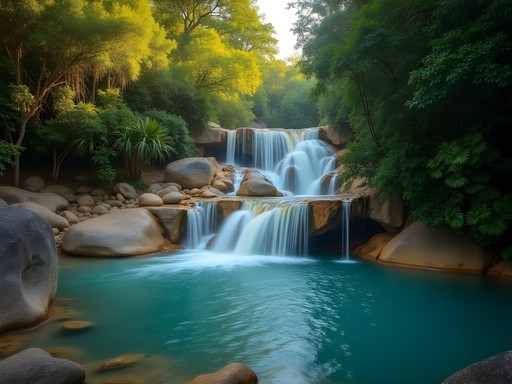
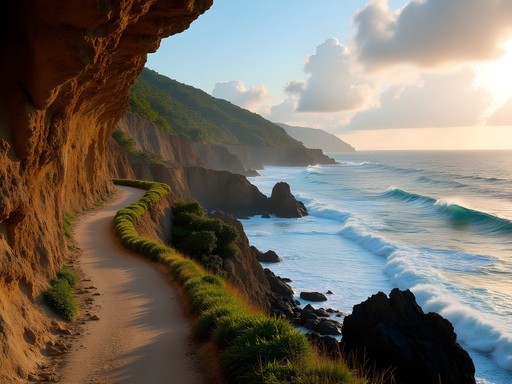






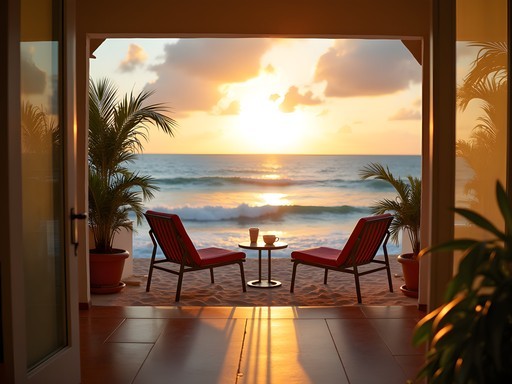




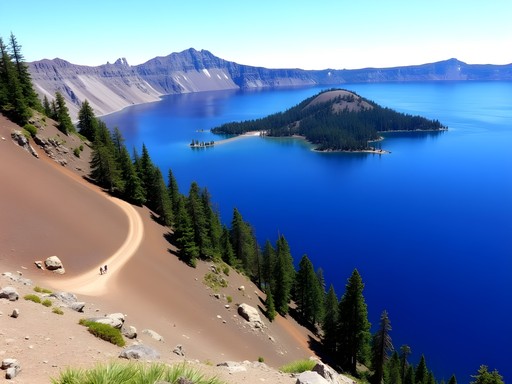
Comments
sunnyseeker
Just booked my flights after reading this! Can't wait to explore those caves. Thanks for the inspiration!
Fatima Sims
Mason, as a fellow Canadian who's spent time in Puerto Rico, this post brought back so many memories! I was in Arecibo helping with post-hurricane community projects in 2019, and those sunrise runs along the malecón were my daily therapy. There's something about the rhythm of those waves that just centers you. I'd add that for anyone visiting the caves, the local conservation guides have incredible knowledge about the indigenous Taíno people who considered these caves sacred. Their stories add so much depth to the experience. And that hidden waterfall you mentioned in the eastern part of the region? I stumbled upon it completely by accident during a rainstorm, and ended up having the entire place to myself for hours. Sometimes getting lost leads to the best discoveries!
freequeen
Love how you connected marathon training to exploring Arecibo! I'm heading there with my kids (8 and 11) next month. Are the cave hikes kid-friendly or should we stick to the coastal trails? Also, any recommendations for family-friendly accommodations?
Fatima Sims
Hi @freequeen! Not Mason, but I took my niece and nephew (similar ages) to Arecibo last year. Cueva Ventana is definitely kid-friendly with the guided tour. For Cueva del Indio, there are some steep metal stairs that might be challenging for the younger one. My kids LOVED the bioluminescent experience though - it was like magic for them! We stayed at a family-run guesthouse about 10 minutes from downtown that had a pool and kitchen access, which was perfect. The coastal trails near the lighthouse are also great for kids - relatively flat with amazing views!
freequeen
Thanks so much, Fatima! This is super helpful. My kids will definitely love the bioluminescent experience!
bluevibes
Just got back from Arecibo two weeks ago and this post captures it perfectly! Those coastal trails are even more spectacular in person. We did the trail from La Poza del Obispo to Cueva del Indio at sunset and the light hitting those limestone formations was unreal. One tip for anyone heading there - the bioluminescence is much more visible on moonless nights, so check the moon calendar before planning that part of your trip. We almost missed it by going during a full moon, but luckily extended our stay by two days.
coffeerider
This looks amazing! Did you rent a car to get around to all these spots or is there decent public transportation? Planning a solo trip and trying to figure out logistics.
sunnyseeker
Not the author, but I was just there in September. Definitely rent a car if you can! Public transit is limited and most of these natural spots are spread out. I used my waterproof backpack for the cave and waterfall explorations - absolute lifesaver for keeping my gear dry!
Hunter Thompson
Mason, mate! Brilliant write-up on Arecibo! I hit those caves last summer and they absolutely blew my mind. The way you described that feeling of adventure is spot on. For anyone heading there, I'd recommend getting to Cueva Ventana early morning to avoid the crowds - the light streaming through that window-shaped opening when it's just you and a few others is pure magic. Did you check out any of the local food spots near the coastline? There was this tiny shack serving the most incredible fresh fish I've had in my life!
coffeerider
Hey Hunter, how difficult was the cave exploration? I'm planning a trip but not super experienced with that kind of thing.
Hunter Thompson
No worries @coffeerider! Cueva Ventana is actually pretty accessible - there are guides who take you through, proper lighting, and stairs in the trickier parts. Bring good shoes with grip though, it can get slippery! The main caves mentioned in the post are all tourist-friendly. If you want something more challenging, that's available too, but you'd need a specialized guide.
greengal7645
Those bioluminescent waters look magical! Adding this to my bucket list ASAP.
waveone
How did you get around Arecibo? Rent a car or public transportation? Trying to figure out logistics for visiting these spots.
Mason Sullivan
I rented a car which gave me the most flexibility, especially for early morning and sunset visits. Some of the cave and waterfall trailheads are pretty remote. If you're comfortable driving on winding roads, it's definitely the way to go!
waveone
Perfect, thanks! Will budget for a rental car then.
Savannah Walker
Mason, your post brought back all the memories from my Arecibo adventure! For anyone heading there, I'd add that the Cambalache State Forest has some incredible birding opportunities that often get overlooked. I spent a morning there and spotted 15 species including the Puerto Rican woodpecker! Also, for the cave explorations, my headlamp was absolutely essential - the rechargeable battery lasted through multiple cave trips, and having hands-free light makes all the difference when you're scrambling over rocks. The coastal trail near Cueva del Indio can get slippery after rain, so proper hiking shoes are a must.
journeyking
Those bioluminescent photos are incredible! Definitely on my bucket list now.
Venture X
Premium card with 2X miles, $300 travel credit, Priority Pass